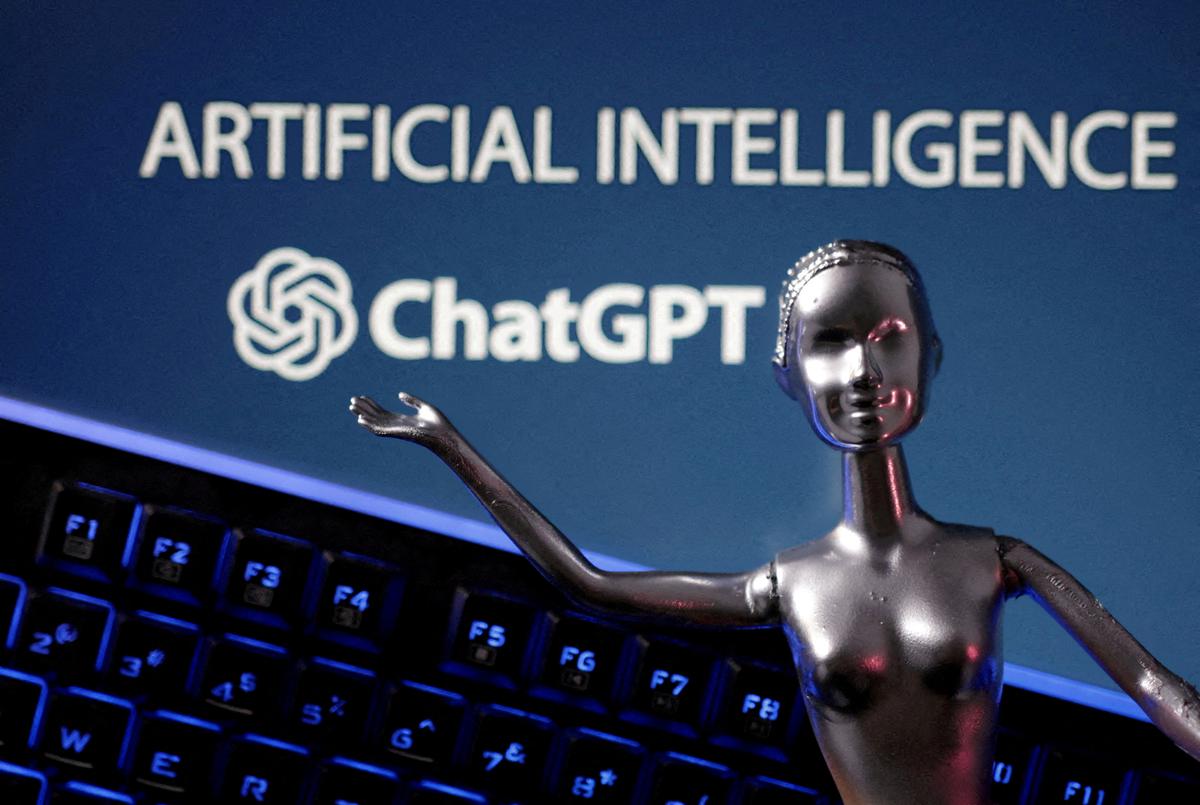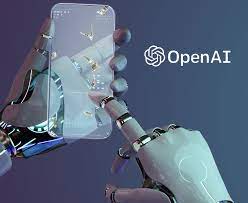How DALL·E 3 is Revolutionizing AI Image Generation
Introduction
Artificial intelligence has made significant strides in recent years, and one of the most exciting developments is the arrival of DALL·E 3. This latest version of the text-to-image AI system is set to revolutionize image generation in various applications, including ChatGPT, Bing, and Microsoft Designer. In this article, we will explore the features of DALL·E 3, its significance in the AI landscape, and how content creators and artists can navigate the ethical considerations surrounding its use.
The Evolution of DALL·E
DALL·E 3 builds upon the foundations laid by its predecessors. Previous iterations required users to fine-tune their prompts through prompt engineering, a process that could be time-consuming and cumbersome. However, DALL·E 3 aims to eliminate this hassle by generating images that adhere more closely to the user’s initial text instructions. For instance, while DALL·E 2 might render a vaguely nebulous basketball player, DALL·E 3 will create a more expressive and precise representation based on the provided text.
Seamless Integration with ChatGPT
What truly sets DALL·E 3 apart is its integration with ChatGPT, allowing for seamless interaction between the text and image platforms. Users can now engage ChatGPT as a “brainstorming partner” to refine their image ideas. If a user likes a generated image but wants minor changes, a conversation with ChatGPT can produce those alterations with just a sentence or two. This integration streamlines the creative process and enables users to have more control over the final output.
Ensuring Safety and Ethical Use
As AI technology advances, it becomes crucial to address safety and ethical concerns. DALL·E 3 incorporates safety mechanisms to prevent the generation of violent, adult, or hateful content. It also avoids generating images that include living public figures or imitate the style of living artists. These precautions were developed in collaboration with domain experts known as “red teamers” who rigorously test the system for safety vulnerabilities. Additionally, OpenAI is researching a provenance classifier to help users identify AI-generated images and address potential issues of misinformation and image manipulation.
Availability and Licensing
DALL·E 3 is expected to become available to ChatGPT Plus and Enterprise customers in October. OpenAI plans to offer liberal licensing, allowing ChatGPT users to freely use, sell, or merchandise the images they create without requiring permission from the platform. Furthermore, Microsoft intends to incorporate DALL·E 3 support into Bing’s AI Image Creator and Designer, providing a broader range of users access to this cutting-edge technology.
Opting Out of AI Training
OpenAI recognizes the importance of content ownership and provides artists and content creators with options to opt out of AI training. Website owners can block the GPTBot, a web crawler designed to gather training data, from accessing their site by adding it to the site’s robots.txt protocols. Alternatively, individuals can fill out a form to request the removal of their content from future training data sets. OpenAI also acquires licenses to datasets, so it’s essential to consider other platforms that may have third-party licensing agreements.
The Future of Content Creation with Generative AI
DALL·E 3 represents another significant advancement in AI image generation, unlocking new possibilities for marketers and content creators. With its seamless integration with ChatGPT and its improved accuracy and nuance, DALL·E 3 empowers users to bring their creative visions to life. However, as with any technological advancement, it is crucial to consider the legal and ethical implications that arise. As AI continues to evolve, it is up to us to ensure its responsible and ethical use.
Conclusion
DALL·E 3 is set to revolutionize AI image generation, offering users greater control and precision in translating text instructions into expressive and accurate images. Its integration with ChatGPT streamlines the creative process and enables seamless collaboration between text and image platforms. As AI technology continues to advance, it is crucial to address safety, ethical considerations, and content ownership. By embracing responsible practices and staying informed, we can harness the power of generative AI to unlock new possibilities in content creation.



